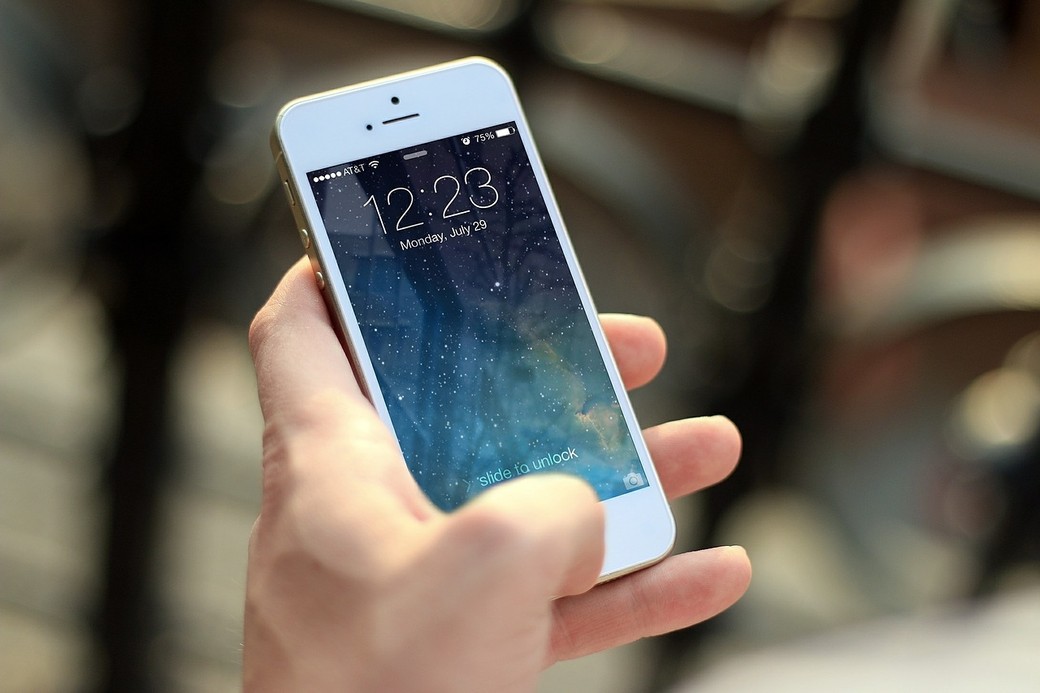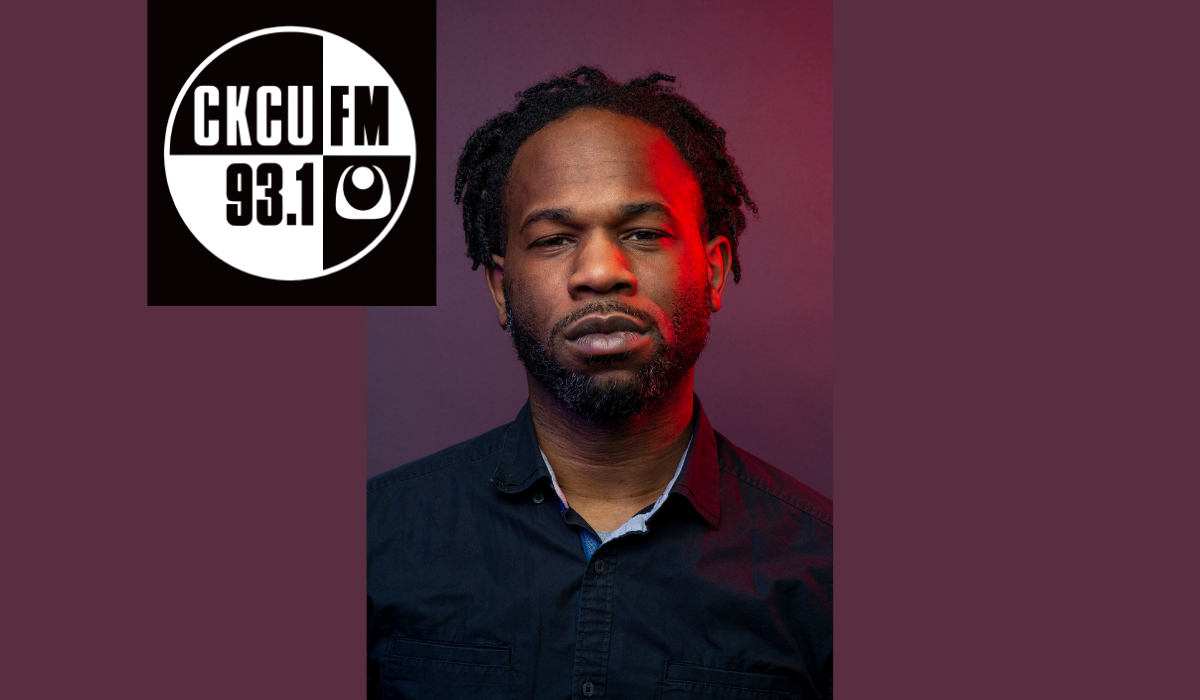
Your Right to Privacy
A Q and A with Jim Bronskill and David McKie on their new book, Your Right to Privacy.
Why is there a need for Your Right to Privacy?
We work, shop and play online, embracing all the wonderful things cyberspace has to offer. But hacking, snooping and harvesting of information are commonplace in the digital era. At work, on the road and even at home, your personal data can be seen and shared and your privacy can be violated.
There’s lots of advice out there on protecting yourself. But it’s scattered in many different places.
 We have written a one-stop guide, a practical, easy-to-follow set of instructions to minimize your digital footprint, protect your vital information and prevent sensitive details from being misused.
We have written a one-stop guide, a practical, easy-to-follow set of instructions to minimize your digital footprint, protect your vital information and prevent sensitive details from being misused.
We spell out the small steps each of us can take to keep our important data out of reach while still participating fully in the new technologies
What are the biggest concerns for digital privacy today?
These days, governments, businesses and others want to know more about almost everything we do.
In that vein, the biggest threat to our privacy flows from the growing stream of digital data we leave as we go about our day – everything from swiping our bus pass in the morning to online shopping at lunch to posting a photo on Facebook in the evening.
We also look at emerging threats to privacy, including wearable fitness devices that can monitor the calories you burn or how well you sleep at night, genetic tests that tell you about inherited health risks, and the highly computerized efforts to crunch Big Data to discern previously unseen patterns.
What steps can we take to minimize our digital footprint?
First, stop and ask yourself some basic questions about your online interactions. Do I use strong passwords and change them regularly? Do I keep my computer up-to-date with protective software? Am I careful about the sort of companies I share my credit-card information with online? Do I post information about myself or my family on social media that could be used by people with bad intentions?
The book walks you through basic steps to help guard your privacy – from signing up to the do-not-call registry to encrypting your email – as well as what to do in the event of an incident.
The pages are filled with information about what you can do to protect your privacy when using a new mobile app, going through international customs and even travelling with sensitive business materials in a foreign country.
Your Right to Privacy can be purchased through Amazon.ca and local bookstores.
 Jim Bronskill is a reporter in the Ottawa bureau of The Canadian Press, specializing in privacy, security and justice-related issues.
Jim Bronskill is a reporter in the Ottawa bureau of The Canadian Press, specializing in privacy, security and justice-related issues.
 David McKie is an award-winning producer with the CBC News parliamentary bureau.
David McKie is an award-winning producer with the CBC News parliamentary bureau.







